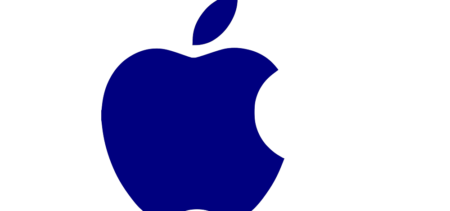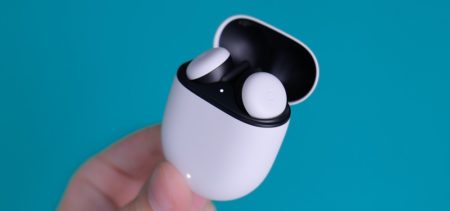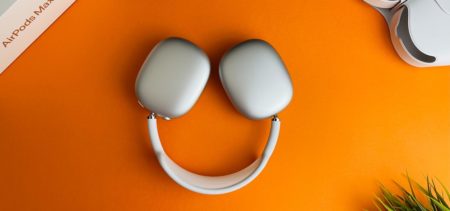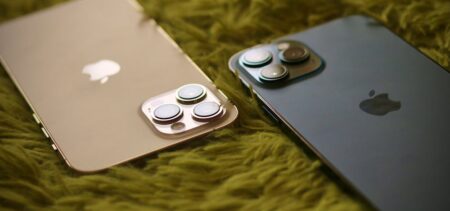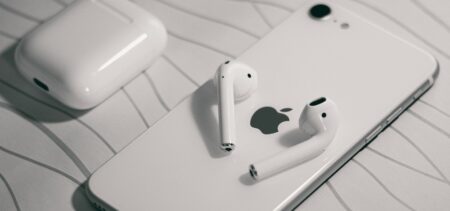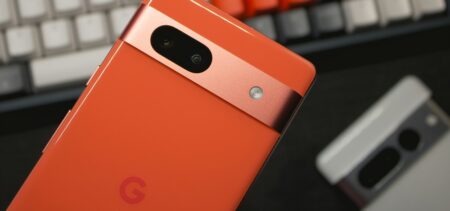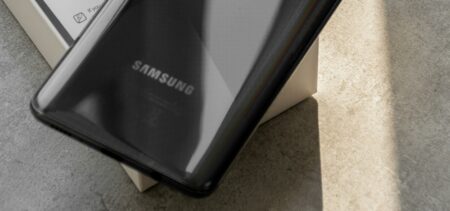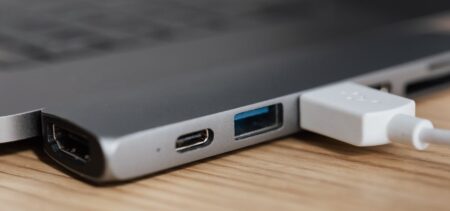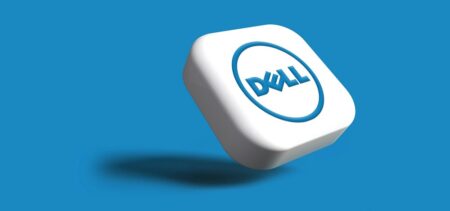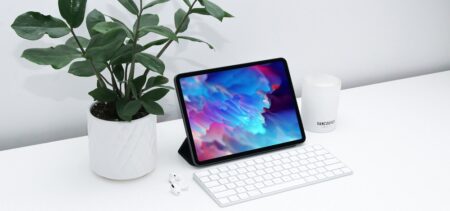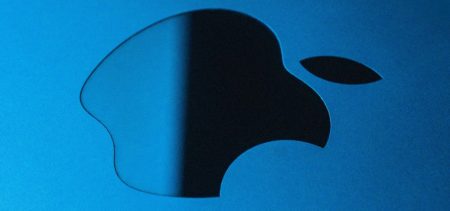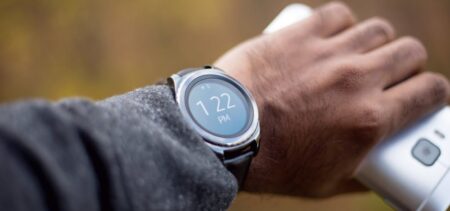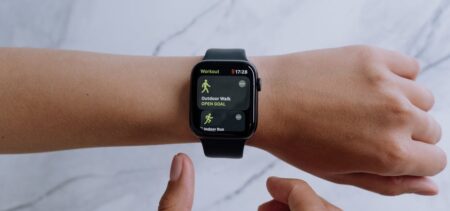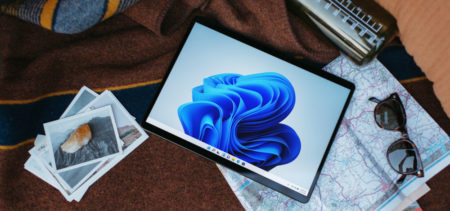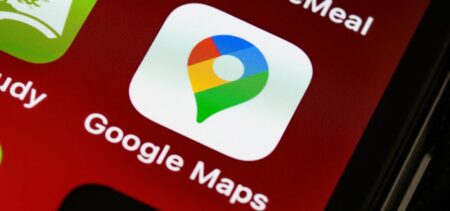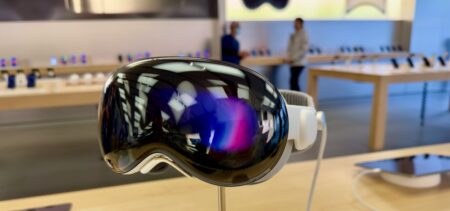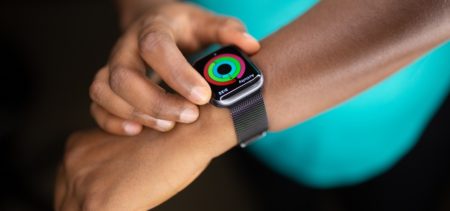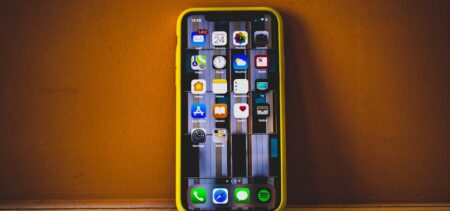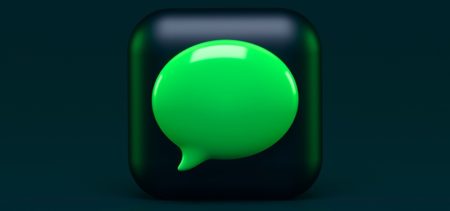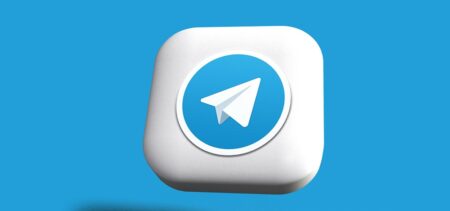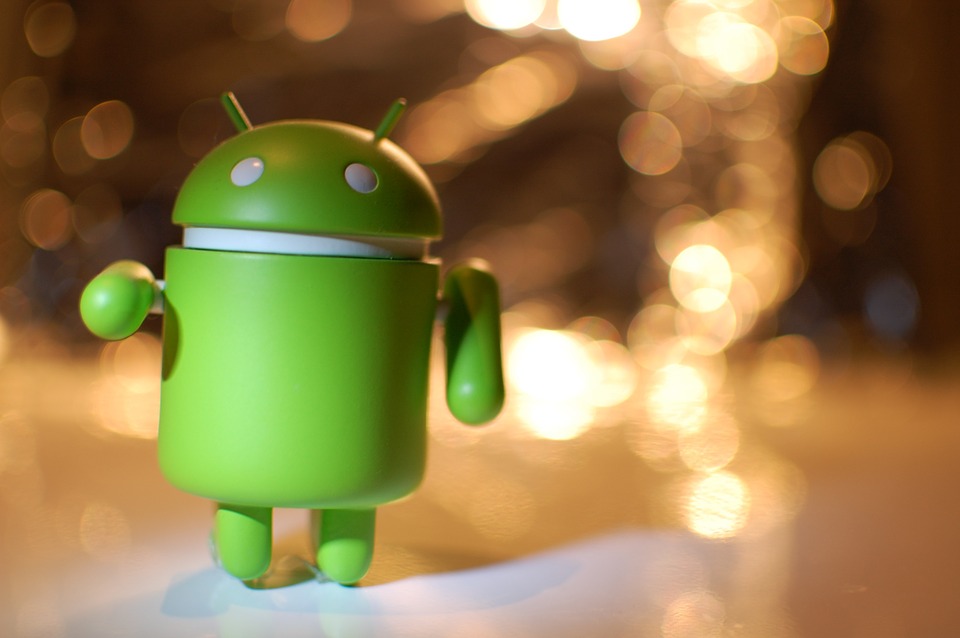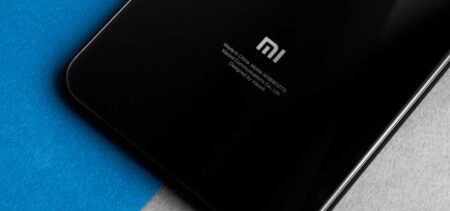The field of wearable devices’ operating systems (wearables OS) qualifies as fragmented from the point of view of some, since the systems still keep their firm boundaries via incompatible features – there are not so many systems when counted, as it is a fact that their core differences are insurmountable, or difficult to surpass when the goal would be the ultimate connectivity.
Mobile tech fragmentation is perceived either as a challenge for users and app developers, either as a good thing from a customer and market distribution angle. While it is hard to code for both older and newest versions of the same OS, it is equally harder to develop an app that easily fits any wearables OS.
Nevertheless, let’s see what mainstream systems currently dominate the wearable gadgets’ world:
-
Apple watchOS
This operating system is an iOS derivative, specially designed for wearable devices. First released on 24 April 2015, watchOS includes features that are already familiar to iOS users and also provides a lot of customization features. Based on the WatchKit API, the operating system comes with a friendly user interface (UI), which keeps the Apple familiar design and allows zooming in and out of the app icons, as well as swiping right or left while in the Glances menu.
However, with watchOS 2 the Native Apps made it possible for applications to function directly on the smartwatch in standalone mode, thus putting an end to the ironies calling the Apple Watch just an expensive remote controller for iPhone.
The Force Touch capability (a feature of iOS 9’s) lets Apple Watch users to apply various degrees of pressure on the screen and thus determine different results. The artificial intelligence (AI) personal assistant Siri helps users give commands to the device and activate apps using their voice.
The devices functioning on watchOS need to pair with another iOS device (most frequently smartphones), which allows a small extension of each app to reside on the device – as an yet predominant rule.
-
Pebble wearables OS
Pebble OS comes from FreeRTOS, am operating system for embedded devices. The devices were released on 24 February 2015 and pair with both Android and iOS smartphones via Bluetooth, allowing the phone apps to run on the Pebble products. A dedicated app store allows the download of applications straight onto the smartwatches, so as the users are able to use the incorporated microphone, check weather specifications or location details.
Pebble OS v. 3.0 introduced the Timeline feature, which allows users to visualize past and future notes. Considered innovative and popular, Pebble OS also integrates Android Wear notifications and serves as an efficient activity tracker.
-
Android Wear
The Android OS version for wearables, Android Wear pairs with smartphones running on Android or iOS (later versions). It supports Bluetooth and Wi-Fi connectivity and its initial release dates back to 18 March 2014 (as a platform, while the first supported devices launched in the summer of 2014). The wrist-bound notification delivery system, as it was initially designed, gradually evolved into a considerably versatile wearables OS, which tries to compete with its Apple counterpart.
This wearable OS is rather dedicated to Google services, from Gmail, Google Voice and Google Now to Maps. App developers have considered the OS’s specificity and created new functionalities via apps such as Evernote.
Android Wear is iOS compatible too, but it does not support third-party apps.
On 18 May 2016 Google announced the biggest update so far – Android 2.0. Aiming for an improved standalone status, the update includes more that over-the-hood changes, as you may check in this Ars Technica report.
-
Tizen OS
Operating on the Galaxy Gear smartwatches, the Tizen open source software was to make its appearance at the MWC (Mobile World Congress) in 2013. The first devices running on this OS launched in February 2014: the Samsung Gear 2 and Gear 2 Neo.
The compatibility list may be considered tricky – only some Android Smartphones pair with Gear S2. Samsung released Samsung Gear S in November 2014, a new gadget that has the ability of making phone calls and send texts in standalone mode.
The Tizen set up surpasses Android Wear from Wearable’s point of view, being clearer, less hectic and cleverly designed to integrate with the smartwatches’ rotating bezel. Wi-Fi, 3G, 4G and Bluetooth connectivity make the Tizen devices friendly and easy to use. Users can download dedicated apps from the Tizen app store.
LG webOS
This smart devices operating system comes out of a mobile OS initially developed by Palm, which ended up at HP via Palm’s acquisition. It further reached LG’s wearables (in 2013), where it went through what was dubbed as OS “death” a couple of times, only to resurrect in 2013, then once more in 2015. The LG Watch Urbane runs on webOS, giving it a chance to take off once and for all.
In summary, this system’s UI allows multitasking, integrates information from multiple sources into a single list via the Synergy concept, receives over-the-air (carrier enabled) updates, uses a cloud-based approach for syncing, and is compatible with third-party officially vetted apps. The system core is Linux kernel-based.
LG webOS only runs on the above mentioned LG Watch Urbane, while a Audi announced in 2015 that its (prototype) smartwatch would also operate on this system, according to Android Central.
The main issue in smartwatch operating systems’ environment is fragmentation, keeping all devices separate. Perhaps the future will see smart solutions for smart devices. For now, the customers have to remain loyal to their systems of choice, whether they like it or not.


